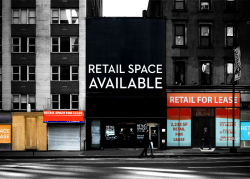The pandemic is far from over, but employees are slowly beginning to head back into their workplaces in a positive sign for the national office market.
An average of 36 percent of the workforce in those cities were back in the office during the week of Oct. 4-8, according to data from Kastle Systems reported by the Wall Street Journal.
The security company tracks access-card swipes at buildings in ten major cities in the United States, where it found the second promising week after an average of 35 percent of the workforce swiped in during the week ending Oct. 1. It’s also a decent jump from the week of Labor Day — an initial target return date for many companies — which saw an average of 31 percent clock in.
New York City, one of the biggest office markets in the country, saw a rise of almost 10 percent of employees return in the last month. At the beginning of September, usage was at 21 percent, the Journal reported. Last week, usage was all the way up to 30 percent.
While 30 percent of the workforce back in the office may seem to be a reason to celebrate, it’s still less than half of what was predicted for Manhattan several months ago. Employers who responded to a survey for Partnership for New York City predicted 62 percent of workers would be back in offices in September, at least on a part-time basis.
Read more

The Delta variant and surges in infection rates across the country has since scuttled that forecast. Widespread vaccine mandates are spurring drops in infections and likely making many workers more comfortable with the idea of returning to the office.
A return to office work can’t happen too soon for office owners, who have taken a sizable hit during the pandemic. The market value of office buildings in New York City fell $28.6 billion in the last fiscal year, according to figures from the state comptroller; it was the first decline in value since at least 2000.
Empty offices also sparked suffering for retail markets that depend on foot traffic. Retailers in central business districts were down 33 percent in spending this year when compared to 2019 levels, according to an analysis from the Mastercard Economics Institute reported by Bloomberg. Those in residential areas won out in workers’ time at home, marking an 8 percent increase in spending this year from 2019.
[WSJ] — Holden Walter-Warner
